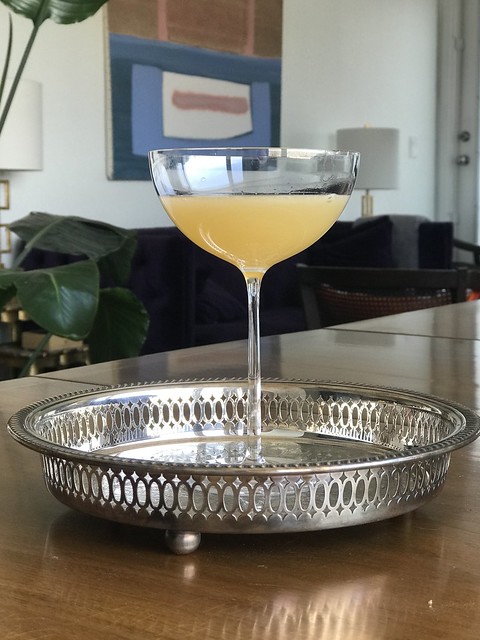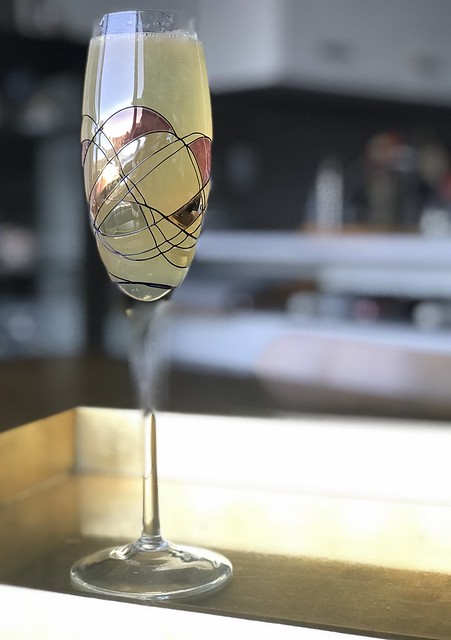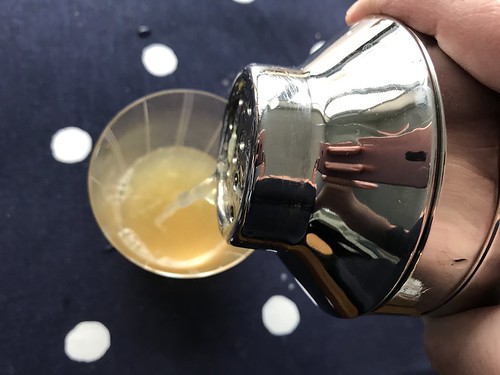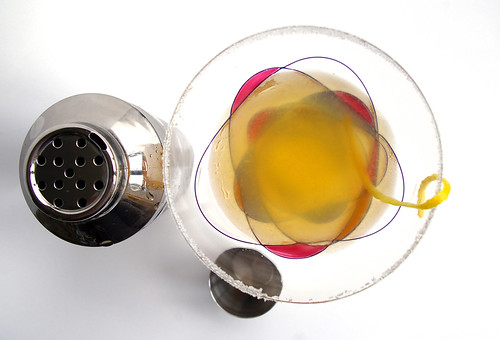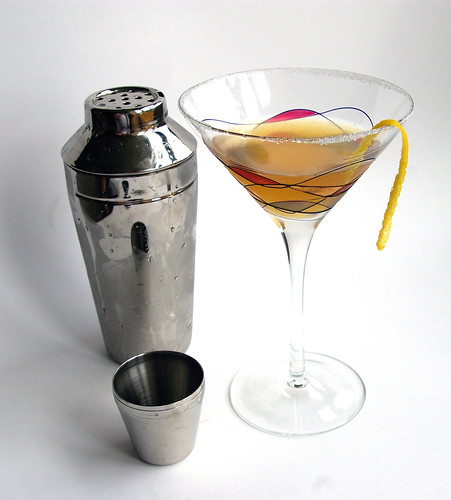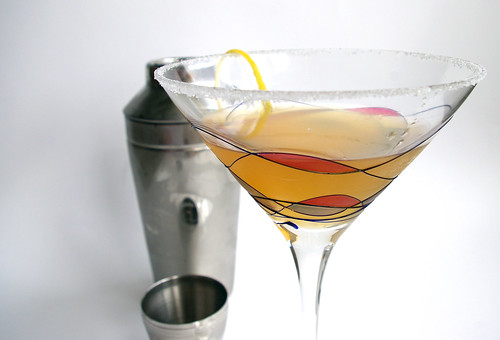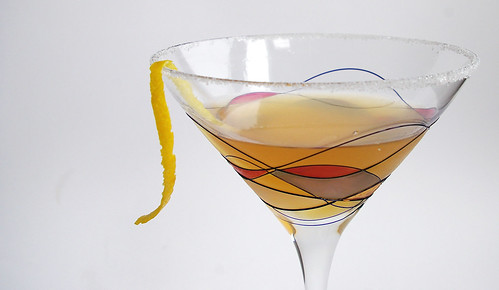I’ve never heard of a White Lady before. That’s not the start to some Karen joke, I swear.

Which is surprising given it is described as a gin-based Sidecar — hello! — and seems to be in the vicinity of a classic sour.
Although initially looking for a vodka recipe, nothing felt particularly inspiring, but when I searched for gin cocktails, this one popped up and I was game — even though I feel like I am, at this point, abusing my poor Cointreau bottle quite a bit.
The original White Lady, the creation of a bartender named Harry McElhone, was a combination of Cointreau, lemon and … creme de menthe. Which, no. A decade after that he realized what I would consider the error of his ways and replace the creme de menthe with gin. (There is some contention in its history insomuch as the American Bar at the Savoy Hotel credits the creation to one of their bartenders, Harry Craddock.)
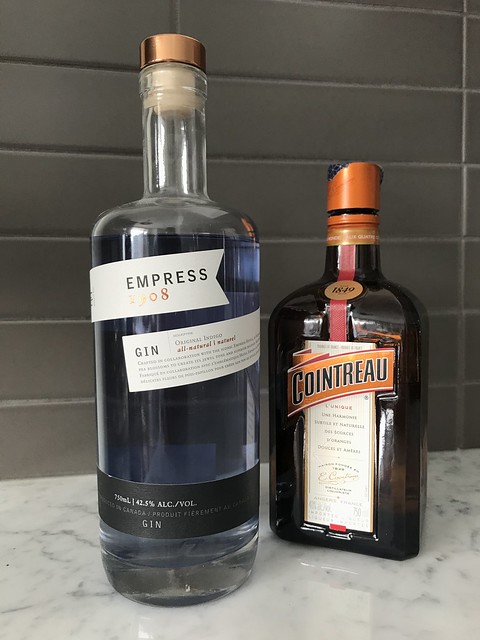
Given it’s a classic, I was surprised to discover how many variations there were when it comes to measurements.
Some recipes called for two parts gin to one each of lemon and Cointreau. Others skewed more to the gin. Some called for simple syrup, some for egg white and others for neither of those ingredients. (Egg white was a later addition to the recipe. Neither of the so-called original versions used it.)
I tried both with egg white and without. You know, for SCIENCE!
I do enjoy the smoothness the egg white brings to a cocktail, especially when you use a dry shake method to really froth things up. But there was also some pleasure in the simplicity of preparing the drink without the need for the two-step shake. The flavour of the White Lady without the egg white was sharper, brighter. With it, the drink was gentler. I’m not convinced one is noticeably better, just different.

The White Lady made with egg white is smoother in texture and flavour.

Made without egg white.
I wanted to pull out my Empress Gin for the first time in the Lockdown Libations challenge. I thought a slight purple hue to the drink would be a nice touch, but it was lost in the egg-white version. It did cast a slight pink (because of the interaction with the acid of the lemon) to the non-egg white version, which was quite pretty on an otherwise dreary afternoon.
White Lady
- 1 1/2 ounces dry gin
- 1 ounce Cointreau — or another orange-flavoured liqueur
- 1 ounce fresh lemon juice
- 1/4 ounce (about 1 teaspoon) simple syrup
- 1/2 ounce egg white*
*The egg white of a typical large egg is 1 ounce. So, to make a single batch, you want half of an egg white. Of course, you could make it easy on yourself and mix two at once and just use the whole white. ;)
To a cocktail shaker, add the gin, Cointreau, lemon juice and simple syrup. Shake without ice until the white is frothy. Add the ice cubes and shake again until the drink is chilled.
Strain into a chilled cocktail glass.
The egg white is optional, of course. If not using, skip the dry shake and just add all the ingredients, along with ice, to the shaker and then shake until well chilled.

Writing while sipping…..





